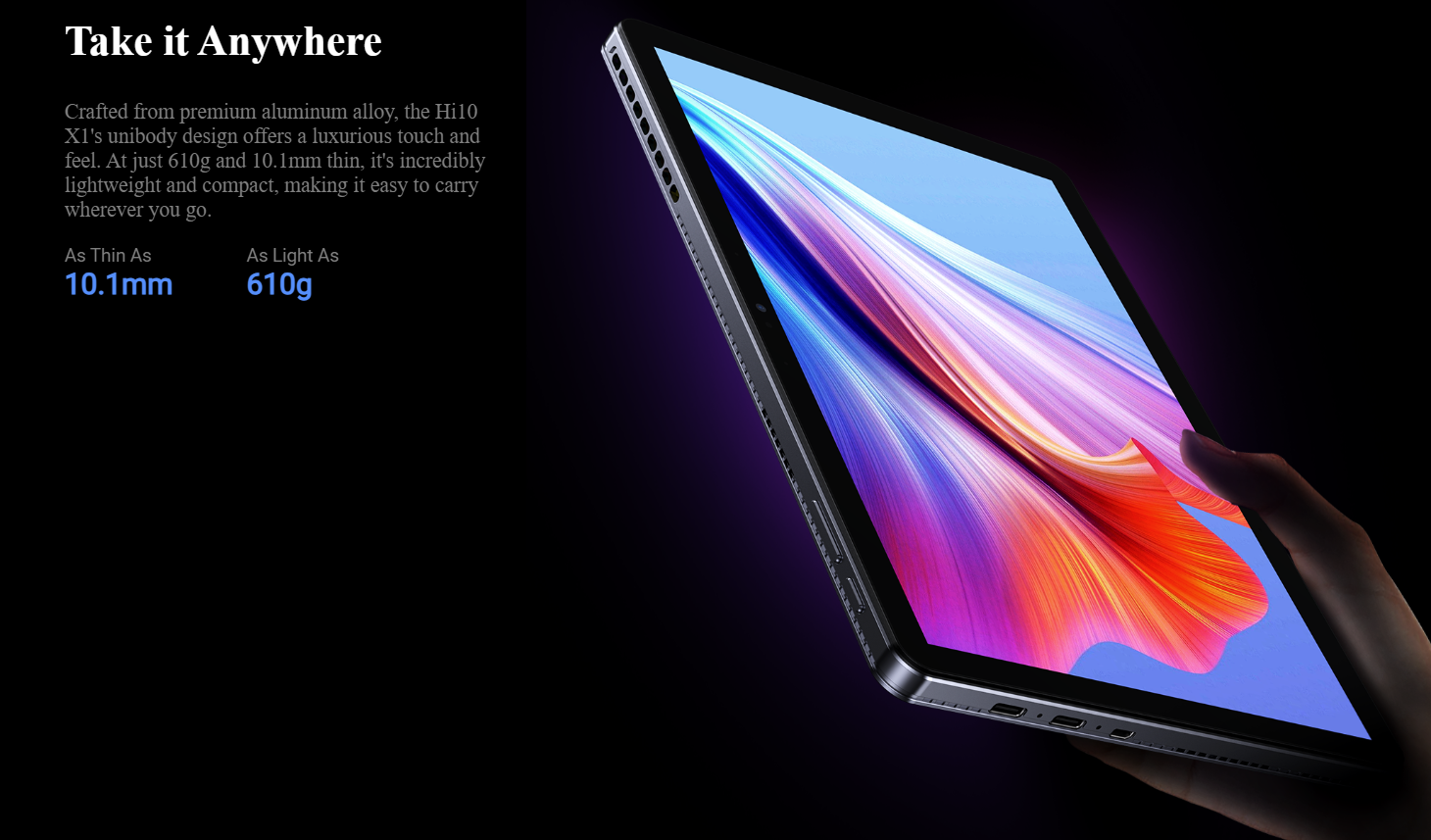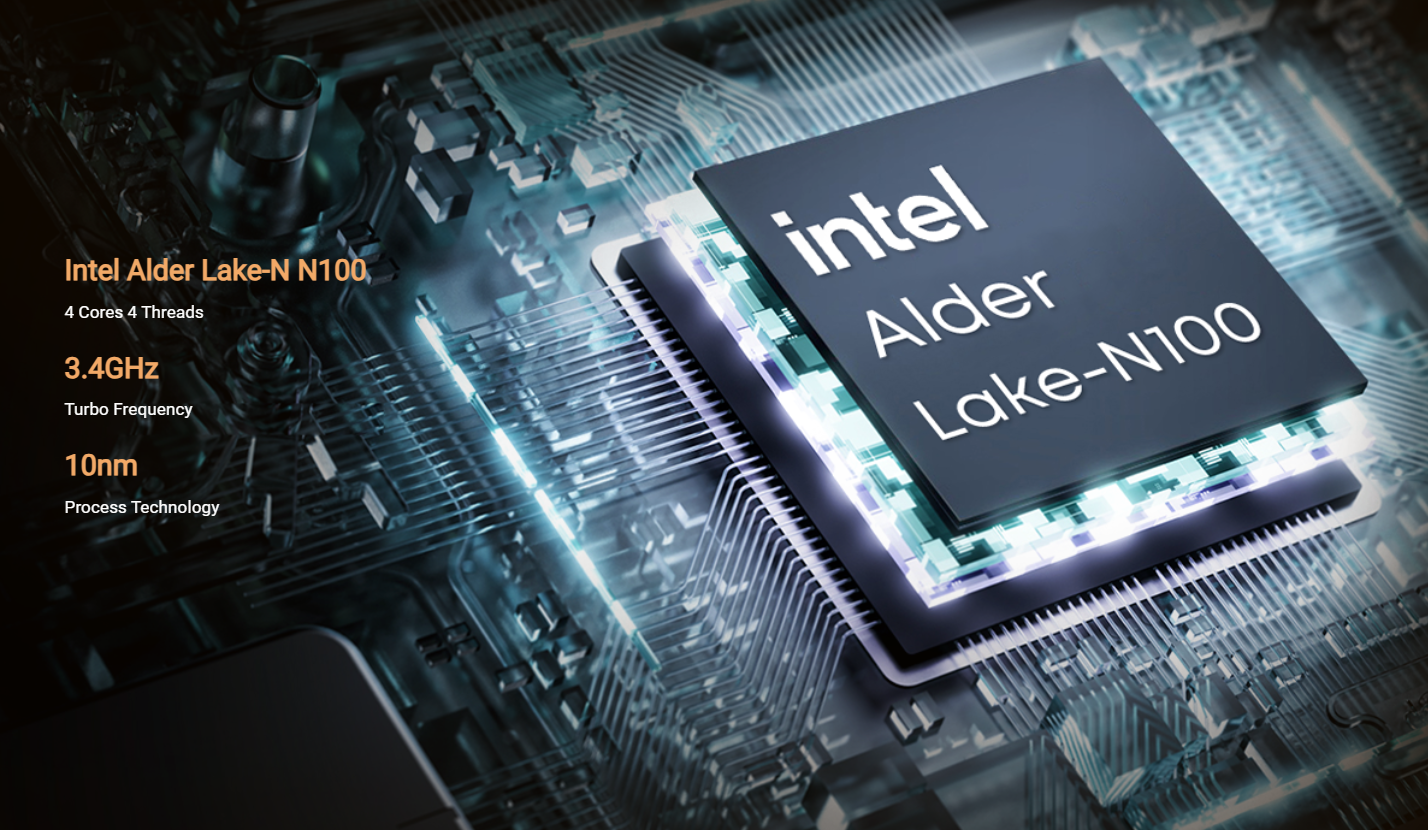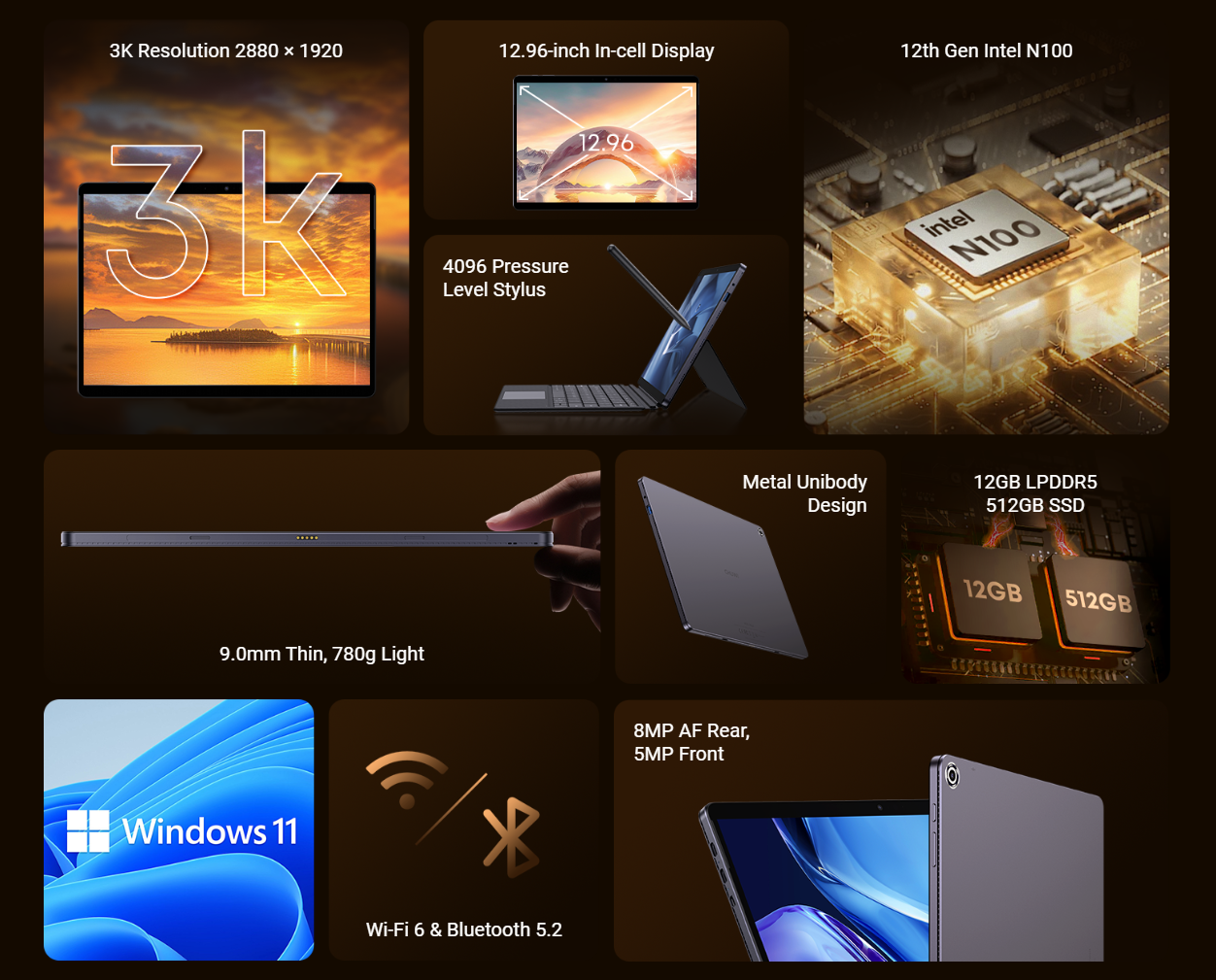In the bustling world of hybrid devices, Chuwi’s Hi10 Max and Hi10 X1 stand out as affordable Windows-powered tablets that blur the line between productivity and portability. Both promise versatility for students, professionals, and creatives, but they cater to subtly different needs. The Hi10 Max flexes premium specs for power users, while the Hi10 X1 prioritizes compact convenience. Let’s break down how these siblings compare in design, hardware, and features to help you pick your perfect match.
Design
The Chuwi Hi10 Max screams sophistication with its sleek 9mm-thin metal unibody and a 12.96-inch footprint. Its “spray technology” finish adds a subtle, luxurious texture, though its larger size (780g) leans closer to a lightweight laptop than a tablet. By contrast, the Hi10 X1 is a featherweight champion at 610g and 10.1mm thick, slipping effortlessly into bags with its 10.1-inch frame. Both share aluminum builds, but the X1’s smaller profile wins for commuters, while the Max’s expansive screen suits those craving a near-laptop experience.
Hardware
Under the hood, the Chuwi Hi10 Max flexes its muscle with Intel’s 12th Gen N100 processor, 12GB of LPDDR5 RAM, and a 512GB SSD—ideal for multitasking, light photo editing, or handling hefty apps. Its 3K (2880×1920) 12.96-inch display dazzles with 430 nits brightness and a 3:2 aspect ratio, perfect for documents and creative work. The Hi10 X1, meanwhile, opts for practicality: its Intel N150 chip (turbo up to 3.6GHz) pairs with 8GB RAM and a 256GB SATA SSD, tackling emails, streaming, and casual use smoothly. The X1’s 10.1-inch HD screen (1280×800) is less sharp but adequate for videos and browsing, with a 16:10 aspect ratio favoring media consumption.
Features
The Chuwi Hi10 Max shines as a creative companion. Its optional magnetic keyboard and 4096-level pressure-sensitive stylus (sold separately) make it a sketchpad or portable office. Wi-Fi 6 and Bluetooth 5.2 ensure speedy connections, though its 5-hour battery may require midday charging. The X1 keeps things simple: a basic docking keyboard (optional) transforms it into a mini laptop, while dual USB-C ports, Micro HDMI, and USB-A offer plug-and-play convenience. Both share 8MP rear and 5MP front cameras—decent for Zoom calls but don’t expect DSLR quality.
Verdict
The Chuwi Hi10 Max is your go-to if you crave a high-res canvas for design, need robust multitasking, or want a laptop alternative without sacrificing screen real estate. It’s ideal for artists, writers, or frequent travelers who value performance over ultra-portability.
The Chuwi Hi10 X1, however, is the minimalist’s dream. Its compact size, lighter build, and lower price tag cater to students, casual users, or anyone needing a secondary device for light tasks and entertainment.
Ultimately, the Hi10 Max justifies its premium with future-ready specs, while the X1 keeps things delightfully simple. Your choice hinges on whether you’re chasing power or prioritizing pocket-friendly practicality. Either way, Chuwi proves that versatility doesn’t have to break the bank.
Read Also: Chuwi ETBook SE Review: This Budget Laptop Handle Your Daily Grind?










